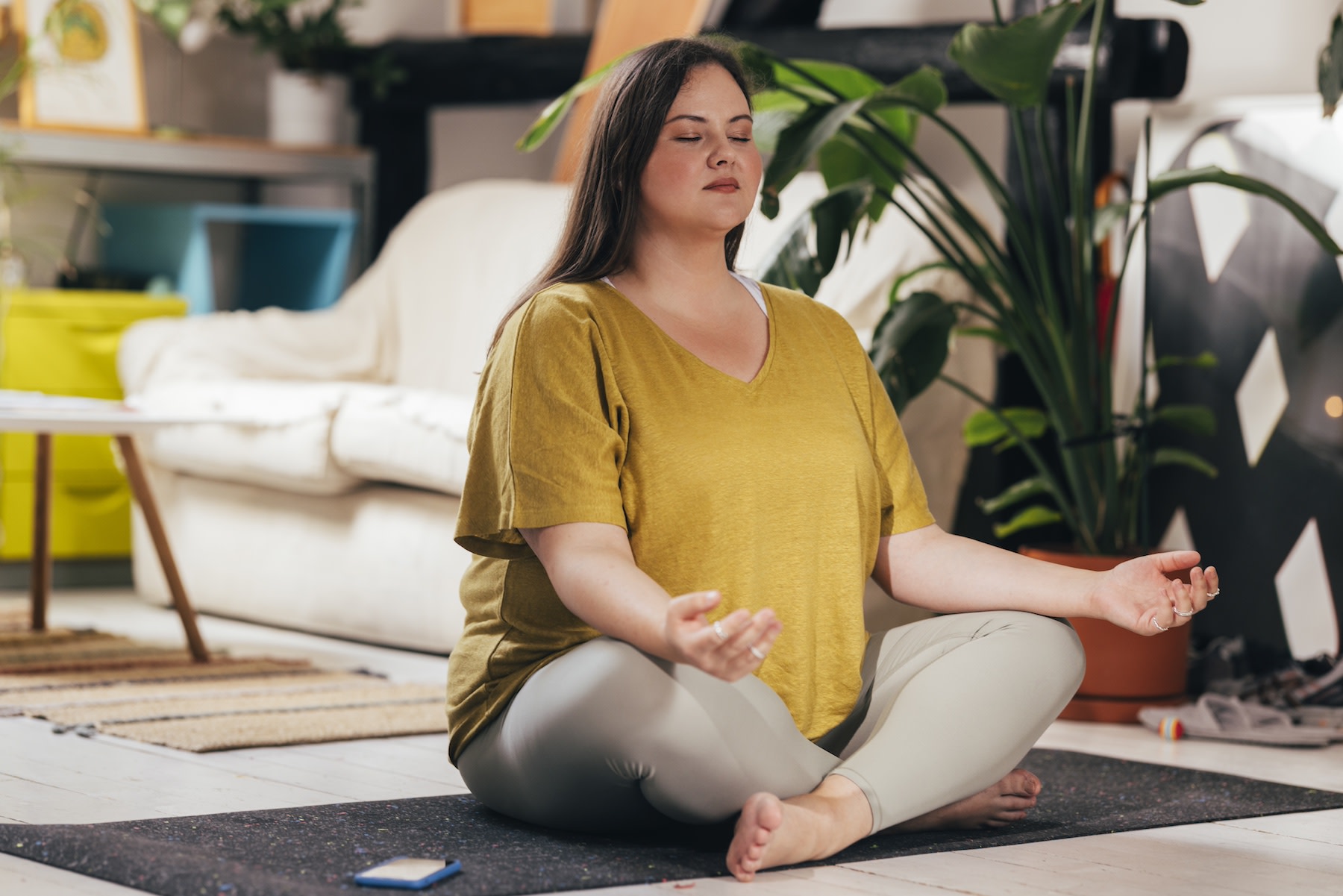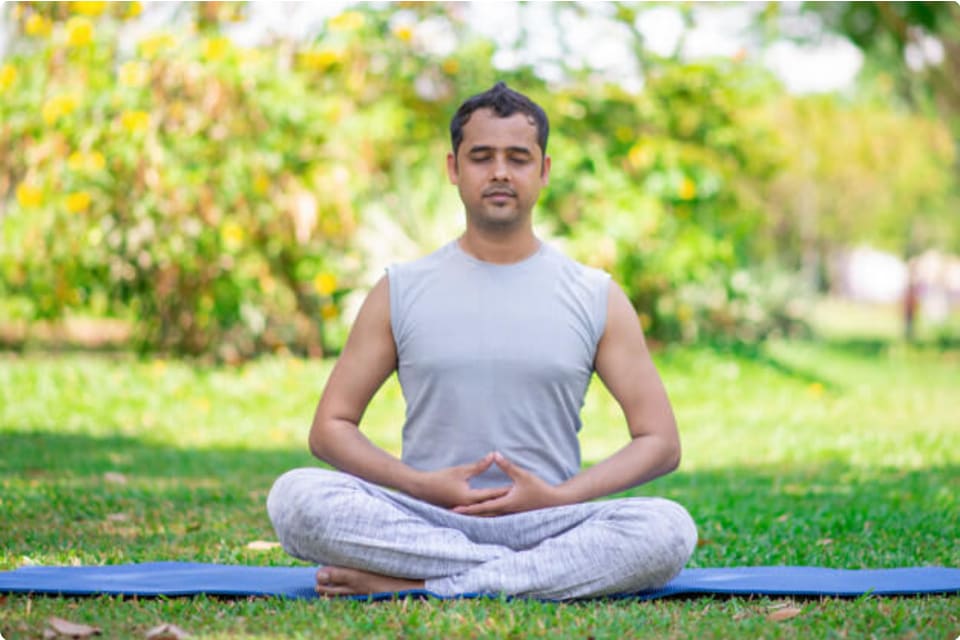How to Meditate? Vital Tips for Busy People
Begin Your Trip: Straightforward Steps on How to Practice Meditation for Beginners
Meditation, typically viewed as an elusive technique booked for the seasoned, can really offer as a fundamental device for any individual looking for clearness and tranquility in their day-to-day live. By recognizing its basic principles and developing a conducive setting, beginners can unlock the prospective advantages of this practice. As you begin to discover the vital actions-- such as mastering and locating a suitable area breathing strategies-- you may uncover difficulties that might boost your experience. The journey of meditation holds more depth than one may prepare for, welcoming further exploration into its transformative elements.
Recognizing Meditation Essentials
Reflection functions as an effective device for enhancing mental clarity and emotional well-being. At its core, reflection is a technique of concentrated focus and recognition, enabling individuals to cultivate a deeper understanding of their ideas and feelings. By taking part in this discipline, specialists can accomplish a state of relaxation and mindfulness, which can substantially minimize tension and stress and anxiety levels.
Understanding the basics of meditation involves familiarizing oneself with various techniques, such as mindfulness, loving-kindness, and copyright. How to meditate?. Each approach has its unique approach, yet all share a typical objective: to cultivate a feeling of inner peace and self-awareness. Novices need to begin with basic methods, such as concentrating on the breath or observing thoughts without judgment
Developing a regular meditation regimen, even if just for a few mins each day, can yield substantial advantages over time. Ultimately, meditation is not just an escape from reality; it is a profound journey towards greater self-discovery and total mental health.
Finding Your Suitable Space
Producing a helpful setting for meditation is necessary for maximizing its benefits. Your selected room should advertise peace, permitting you to concentrate inward without distractions. Begin by picking a location that really feels comfortable and risk-free, whether it be a silent corner of your home, a garden, or a local park.
Soft lighting can enhance relaxation, while all-natural light can stimulate your spirit. Ensure the area is complimentary from mess, as a clean setting fosters a clear mind.
Sound plays a considerable duty in your meditation room. Aim for a peaceful location to lessen interruptions, or utilize soft history music or nature seems if you locate silence unsettling (How to meditate?). The temperature needs to additionally fit; neither also hot nor also cool, to stop diversion throughout your practice
Last but not least, individualizing your area with meaningful objects-- such as crystals, pictures, or significant quotes-- can create a much deeper connection to your technique. By attentively curating your environment, you established the stage for a more extensive and efficient meditation experience.
Picking a Comfortable Position
Locating the best position for reflection is important to maintaining focus and convenience throughout your practice. The ideal stance permits both physical stability and psychological awareness, making it easier to focus on your meditation objectives.
If this placement is uncomfortable, take into consideration using a cushion to raise your hips, which can alleviate strain on Get More Information your knees and back. A chair can supply the essential assistance, allowing your feet to rest flat on the ground, making sure security and convenience.
You might also choose to lie down if sitting is not appropriate for you, however beware, as this can lead to drowsiness. Whatever placement you pick, ensure that your body is unwinded yet alert. Maintain your shoulders back and your hands relaxing pleasantly on your lap or knees. Inevitably, the most effective placement is one that feels natural to you and allows you to preserve emphasis, facilitating a deeper connection with your meditation practice.
Breathing Methods to Start
Beginning your reflection exercise with effective breathing strategies can substantially boost your experience. Breath acts as the foundation of meditation, providing a focal point that aids anchor find out here now your mind and grow mindfulness.
To start, exercise diaphragmatic breathing, which engages the diaphragm and advertises much deeper breathing. Sit comfortably, with your back right, and location one hand on your breast and the various other on your abdominal area. Inhale deeply through your nose for a matter of four, guaranteeing that your abdomen climbs while your breast remains reasonably still. Hold your breath for a count of 4, after that exhale gradually with your mouth for a count of 6, enabling your abdomen to drop.
One more helpful strategy is the 4-7-8 technique. Inhale via your nose for a count of four, hold your breath for 7 counts, and exhale gradually with your mouth for 8 matters. This pattern not only soothes the mind however also minimizes anxiety, making it less complicated to settle into your reflection practice.
Trying out these techniques to discover what reverberates ideal with you, and remember to maintain a kicked back stance and an open mind as you begin your journey right into reflection.
Tips for Uniformity and Development

Developing a welcoming reflection room is likewise important. Additionally, take into consideration using assisted meditations or meditation applications, which can provide framework and description variety to your sessions.
Beginning with short durations, progressively enhancing the moment as you come to be much more comfy. This incremental method not just makes meditation less daunting however additionally allows your method to expand naturally. Tracking your progress in a journal can likewise be handy; noting your experiences and feelings after each session can improve self-awareness and inspiration.
Last but not least, keep in mind that reflection is an individual journey. Be individual with on your own and embrace the discovering procedure, recognizing that consistency and growth are developed over time.
Conclusion
In verdict, reflection serves as an important practice for advertising mental clearness and emotional wellness. By understanding the basic principles of reflection, picking an appropriate area, embracing a comfortable posture, and using reliable breathing techniques, individuals can begin on a meeting reflection journey.
Understanding the basics of meditation includes familiarizing oneself with different methods, such as mindfulness, loving-kindness, and transcendental reflection. Inevitably, the ideal setting is one that really feels all-natural to you and permits you to maintain focus, helping with a deeper link with your meditation technique.
Developing a routine reflection method can significantly boost your mindfulness journey and personal development. In addition, think about making use of directed meditations or reflection applications, which can give framework and range to your sessions.
